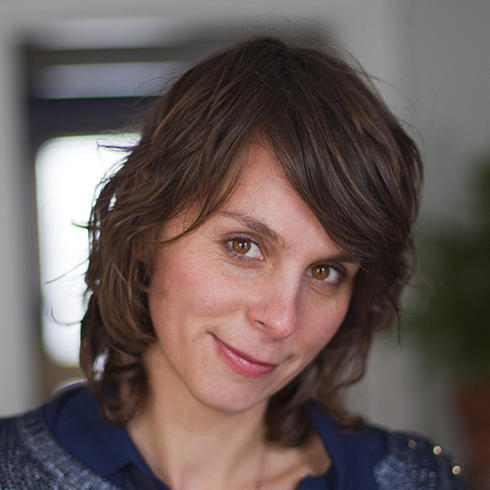
" Filament "
For trio, orchestra and voice in motion
SÉLECTION 2019
- Nominated for : The Musical Composition Prize 2021
- Nominated for : The Young Audience Prize 2021
- Nominated for : The Young Audience Prize 2020
Commissioned by the New York Philharmonic for its 2018 opening gala, Filament occupied a unique position on that season’s roster, offering the first note conducted on the first concert of the first season under the artistic direction of maestro Jaap Van Zweden.
The work is scored for orchestra, three amplified soloists (bassoon, trumpet, and double bass) and fifteen moving voices. The soloists perform from pedestals triangulated across the stage and audience while the singers move throughout the hall, projecting their voices through custom 3-D printed megaphones that both amplify and directionally focus each vector of sound.
The goal of these bodies in the space is threefold: 1) to democratize proximity and spread access to the intimacy of performance throughout the hall, 2) to create a dynamic spatialization of sound whose angles and arrays shift around the audience in real time, and 3) to activate a theater of the social – toying with the codes of access and intrusion that bind the orchestral ritual.
Throughout the piece these distinct forces — orchestra, soloists, and singers — call out to each other across the void, from edge to edge, from periphery to center, tuning toward and pushing against one another as the work unfolds.

